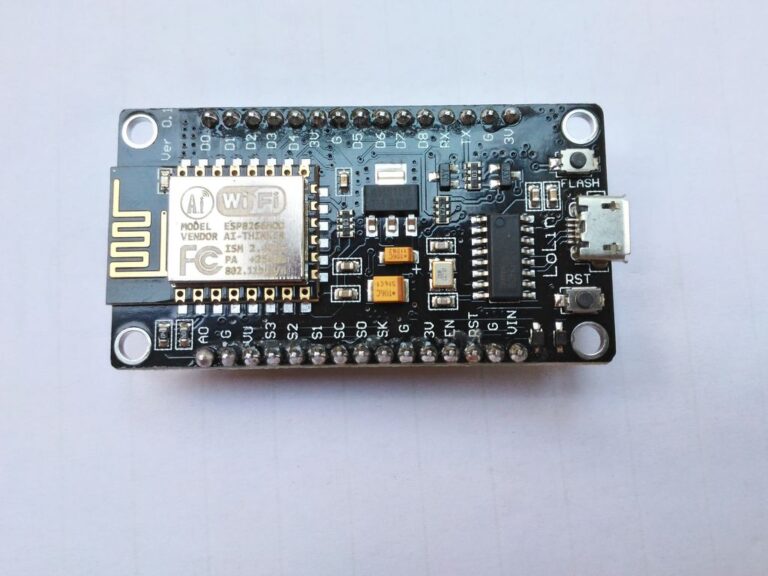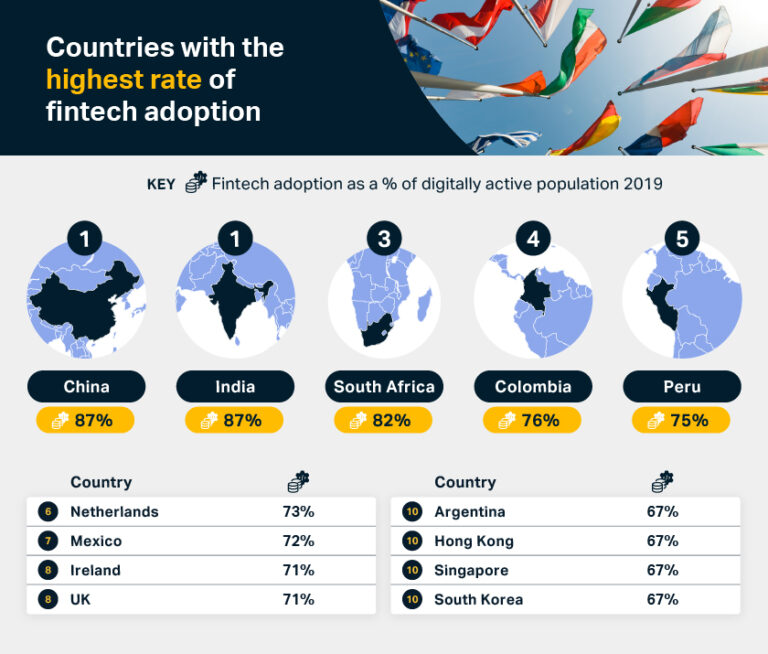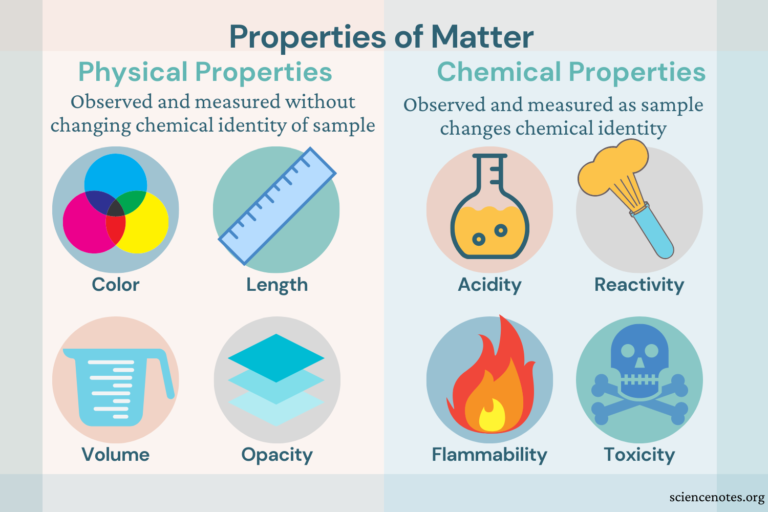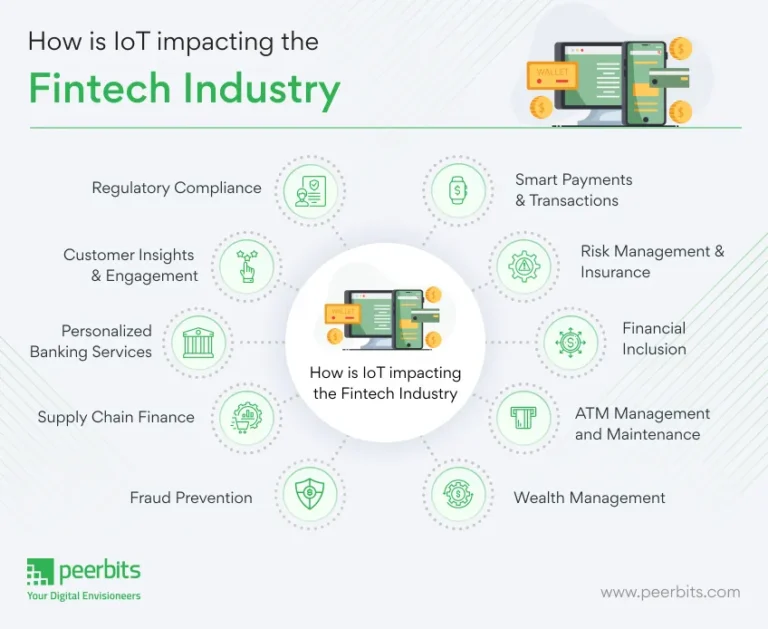Who Is Father Of Machine Learning?
Arthur Samuel is widely recognized as the father of machine learning. He coined the term ‘machine learning’ in 1959 and developed one of the first self-learning programs. He was the first to program a computer to play a game of checkers, and he used algorithms to teach the computer how to play. His work laid the foundation for a wide range of machine learning algorithms used today in applications such as robotics, natural language processing, and computer vision. His work also influenced the development of artificial intelligence and deep learning.
What Is Machine Learning?
Machine learning is a branch of artificial intelligence that deals with the development and use of algorithms and statistical models to enable computers to learn from data without relying on explicit programming. It focuses on the development of programs that can access data and use it to learn for themselves. Machine learning algorithms can be used to identify patterns in data and make predictions based on those patterns. It has been used in numerous fields, including healthcare, finance, marketing, and robotics.
The father of machine learning is generally credited to be Arthur Samuel, an American computer scientist, who coined the term in 1959. He developed a checkers-playing program that could “learn” from its own mistakes and become better at checkers over time. His program was the first example of a self-learning system, and laid the groundwork for the development of modern machine learning algorithms.
Today, machine learning is used in a variety of applications, from recommendation systems to self-driving cars. By leveraging the power of data, machine learning systems can make better predictions and decisions than traditional approaches. This has enabled businesses to become more efficient, improve customer service, and stay ahead of the competition.
History of Machine Learning
Machine Learning is a rapidly developing field of Artificial Intelligence (AI) that has become increasingly popular in recent years. It is a form of AI that uses advanced algorithms to learn from data and make decisions without being explicitly programmed. Machine Learning has been around for decades, but it has become much more powerful in the last few years thanks to advances in computing power and data collection. But who is the father of Machine Learning?
The answer to this question is actually not so simple. While there are many people who have contributed to the development of Machine Learning, no one can really be credited with creating the technology. Rather, the development of Machine Learning can be credited to the cumulative efforts of many scientists, mathematicians, and computer scientists over the past few decades.
In the 1950s, pioneering computer scientist and mathematician Alan Turing proposed the concept of machine learning and wrote a paper that outlined the fundamentals of this technology. Later, in 1959, Arthur Samuel introduced the term “machine learning” in his paper on the subject. In the 1960s, Tom M. Mitchell developed the first machine learning system, and in the 1970s, computer scientist and mathematician Marvin Minsky developed a learning algorithm. In the 1980s, Geoffrey Hinton, David Rumelhart and Ronald J. Williams developed a neural network model for machine learning.
While there is no one person who can be credited for the invention of Machine Learning, the development of the technology can be attributed to the cumulative efforts of many scientists, mathematicians, and computer scientists over the past few decades. The contributions of Alan Turing, Arthur Samuel, Tom M. Mitchell, Marvin Minsky, Geoffrey Hinton, David Rumelhart, and Ronald J. Williams are all integral to the development of Machine Learning as we know it today.
What Was the First Machine Learning Algorithm?
Machine learning is a rapidly advancing field of artificial intelligence that has been driven by technological advances over the last few decades. But who can be credited as the father of machine learning and what was the first machine learning algorithm?
The answer to this question begins with the work of Alan Turing, who developed the very first computer algorithms in the 1940s. He is widely regarded as one of the fathers of computer science and machine learning. Turing also proposed an early version of the neural network, which is the basis of many machine learning algorithms today.
The first machine learning algorithm was developed by Arthur Samuel in 1959. It was called the “checkers-playing program”, and it was designed to teach itself how to play checkers by learning from its mistakes. The program was able to learn from experience and became the first computer program to win a game against a human player.
Since then, there have been numerous advances in machine learning algorithms, from the development of deep learning algorithms to reinforcement learning algorithms. However, Turing and Samuel can be credited as the founding fathers of machine learning, and the checkers-playing program was the first machine learning algorithm.
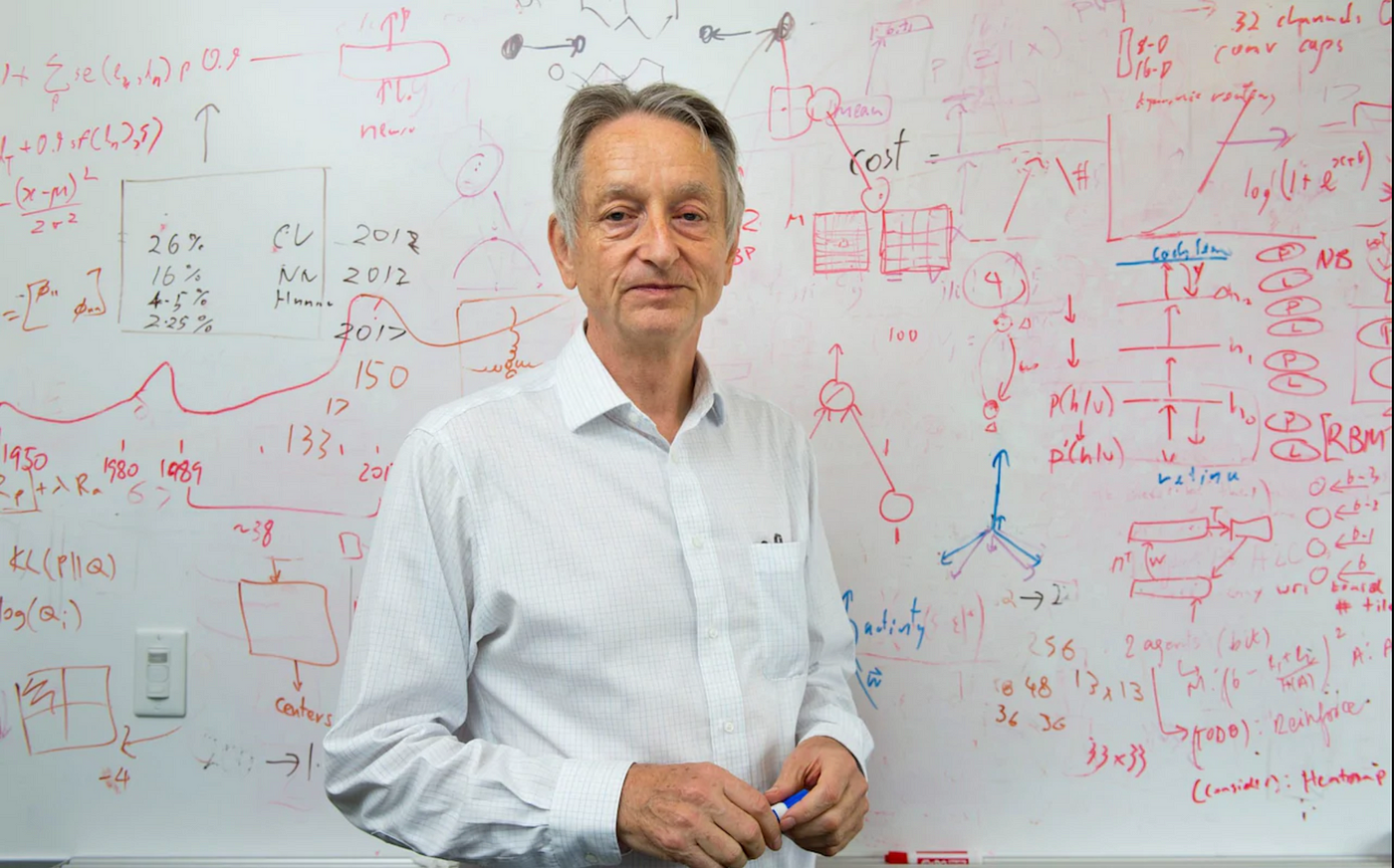
How Has Machine Learning Developed?
Machine learning has been around since the 1950s, but over the past few decades, it has grown leaps and bounds. It has become a powerful tool for data scientists, allowing them to create complex algorithms that can be used to make predictions and decisions. With the advent of powerful computers and the increasing amount of data available, machine learning has become even more powerful. Today, machine learning algorithms are used in a number of different fields, from medical research to self-driving cars.
At its core, machine learning is about making predictions and decisions based on data. This data could be anything from customer buying patterns to images and videos. By analyzing this data, machine learning algorithms can learn what patterns to look for and can be used to make predictions and decisions.
The most well-known example of machine learning is the work of Alan Turing and his team at the University of Manchester in the 1950s. Turing and his team wrote the first algorithms that could learn from data and, in doing so, revolutionized the field of artificial intelligence. Turing’s work laid the foundations for what would become the modern field of machine learning.
From Turing’s work, machine learning has evolved to become an increasingly powerful tool for data scientists. Today, machine learning algorithms are used in a wide array of industries, from healthcare to finance. With its ability to analyze large amounts of data and make predictions and decisions, machine learning has become an essential tool for data scientists looking to get the most out of their data.
What Are the Different Types of Machine Learning Algorithms?
The field of machine learning is a rapidly evolving one, with new algorithms and techniques arising all the time. Broadly speaking, there are four main types of machine learning algorithms. Supervised learning algorithms are used to create models that can be used to predict outcomes based on labeled data. Unsupervised learning algorithms are used to identify patterns and correlations in data without any labeled data. Semi-supervised learning algorithms are used when there is a small amount of labeled data and a large amount of unlabeled data. Reinforcement learning algorithms are used to create models that can learn from their environment and take actions that maximize a reward system.
The father of machine learning is considered to be Arthur Samuel, an American pioneer in the field who coined the term “machine learning” in 1959. He developed one of the first self-learning programs, which used a checkers playing algorithm to learn from its mistakes. Since then, machine learning algorithms have become increasingly more advanced and sophisticated, and have been applied to many different fields. From healthcare to finance, machine learning algorithms are being used to help improve efficiency and accuracy.
Who Is the Father of Machine Learning?
Machine Learning (ML) is the branch of Artificial Intelligence (AI) that focuses on the study of computer algorithms that improve automatically through experience. It is an area of computer science that gives computers the ability to learn without being explicitly programmed. The field of ML has evolved significantly over the past few decades, and its development has been driven by advances in computing technology and data science. So who exactly is the father of Machine Learning?
Many people have contributed to the development of Machine Learning, including Alan Turing, John McCarthy, and Marvin Minsky. However, the most widely recognized “father of Machine Learning” title goes to Arthur Samuel, who coined the term “Machine Learning” in 1959. He developed a checkers-playing program that could learn from its mistakes and become better over time. Samuel’s program was the first to demonstrate the power of ML and sparked a revolution in computer science.
Since then, many of the core principles of Machine Learning have remained unchanged. For example, the basic idea of ML is that a computer can learn from data, identify patterns, and make decisions without explicit programming. Additionally, the concept of supervised and unsupervised learning has been around since the early days of ML.
Today, ML is being used in a variety of applications, from facial recognition to natural language processing. As technology continues to evolve, ML is likely to become even more pervasive in our lives. While Arthur Samuel may not have invented ML, he was certainly the first to recognize its potential and create a program that demonstrated its power. Therefore, he remains the widely accepted “father of Machine Learning”.
FAQs About the Who Is Father Of Machine Learning?
Q1: Who is the father of machine learning?
A1: The father of machine learning is considered to be Arthur Samuel, an American pioneer in the field of computer gaming and artificial intelligence.
Q2: When was machine learning first introduced?
A2: Machine learning was first introduced in 1959, when Arthur Samuel wrote a paper titled “Some Studies in Machine Learning Using the Game of Checkers”.
Q3: What does machine learning do?
A3: Machine learning is a branch of artificial intelligence that uses algorithms to enable computers to learn from data without being explicitly programmed. It is used in a variety of applications such as natural language processing, computer vision, robotics, and autonomous vehicles.
Conclusion
The father of Machine Learning is Dr. Arthur Samuel, an American pioneer in the field of computer gaming and artificial intelligence. He is credited with introducing the concept of Machine Learning as early as 1959, and is widely recognized as the pioneer of both the game-playing and Machine Learning revolutions. Dr. Samuel’s work has been influential in the development of many modern Machine Learning algorithms and has also been seminal in the development of Artificial Intelligence technology. Dr. Samuel’s groundbreaking work continues to inspire and inform modern Machine Learning research and applications.
